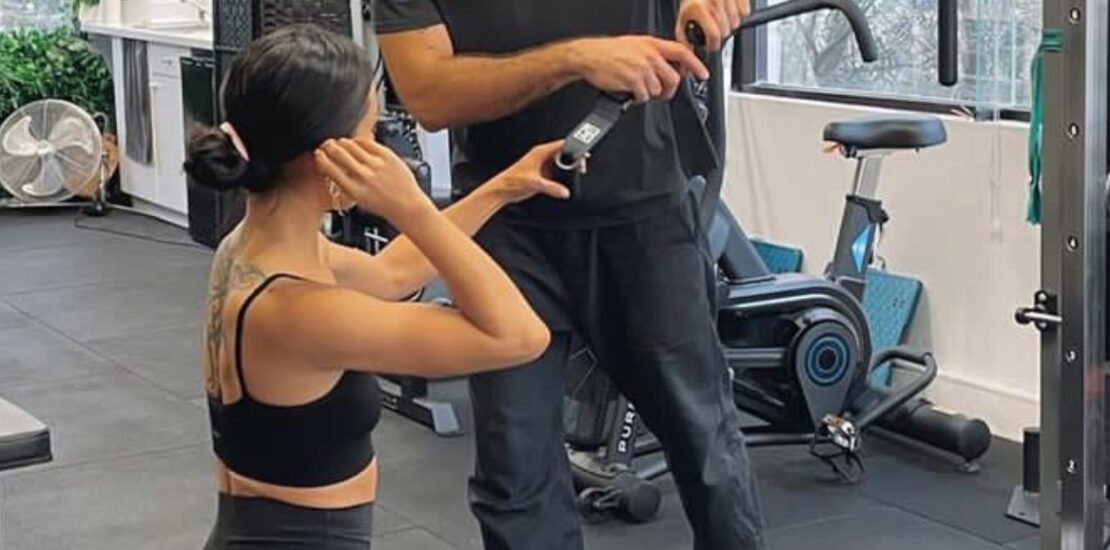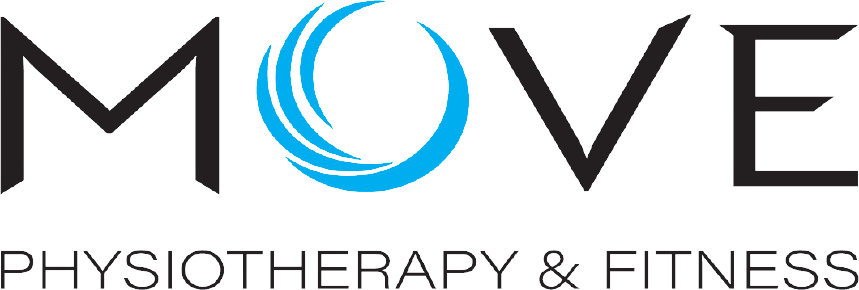- February 8, 2024
- Posted by: Daniel Ryan
- Category: Uncategorized

When your physiotherapist explains that you have ‘tightness’ in your upper traps, quadriceps, hamstrings, what does this mean to you?
It would be understandable to believe that the physical length of this muscle has decreased.
However, in the absence of extreme trauma or surgery – this is actually wrong.
Put another way, if you have a tighter left hamstring compared to your right hamstring – the physical muscle length of both hamstrings is actually still the same. Muscle tightness should actually be more appropriately referred as the body not allowing the muscle to lengthen to the same extent as usual.
This is a protective mechanism – to prevent harm and injury, or at least perceived harm of injury. The body not allowing your muscle to stretch to its usual range of motion can occur for a few reasons, such as:
Inadequate Strength
The muscle not having enough strength to cope with the load going through it at the ends of its range of movement.
NOTE: We must then ask the question of whether that muscle is being asked to cope with an unreasonable amount of load due to weakness in other muscles in the system, or whether that muscle itself is simply weak.
At the end of range, the muscle is placed under stretch and load – and without adequate strength can cause damage to the muscle and tendon fibres. Restricting this range is therefore protective.
Fatigue
Your muscle may be fatigued.
Have you exercised one day, woken up the next day and felt ‘tight’ through your muscles?
Exercise involves a process of breaking down and repairing muscle fibres. It is actually this trauma and recovery that makes us stronger. Each time that our muscles are ‘broken down’ the body provides reinforcements to ensure this doesn’t happen again – thereby making us stronger.
Similarly in our previous scenario, if our muscles are damaged from exercise (NOTE: A good thing); they temporarily have decreased strength and integrity. Our body will stiffen these muscles to ensure that high loads and high stretch are not simultaneously applied, which would be a risk factor for injury.
Chronic Muscular Fatigue
Your muscle is chronically fatigued. Imagine that we are constantly ‘overusing’ a muscle group.
We are performing a compound movement, such as a squat, deadlift or hinge. These are movements that require synergistic action of the quadriceps, glutes, hamstrings working together. However, envision a scenario where our hamstrings and glutes are chronically weaker – and therefore no longer equally contributing to this movement.
This movement is now being completed to a greater extent by our quadricep muscle leading to a chronic overload. If this muscle is unable to cope with this load – or disallowed time to recover between loading bouts, the body will gradually restrict this range. These small changes over time can compound leading to progressive muscle tightness.
The Solution
In all of these scenarios, the answer to muscle tightness is not to perform stretching and mobility exercise. The answer is to strengthen and increase the loading capacity of your muscles.
However, if a muscle is injured or chronically overloaded, we may be required to:
Increase the loading capacity of the muscles around your tight muscle. In the alternative scenario to what was mentioned previously, we can strengthen our hamstrings and gluteals allowing them to contribute more to our functional movement; thereby offloading the quadriceps.
In performance examples, in a strategy called Post Activation Performance Enhancement (PAPE), prior non-fatiguing isolation of a muscle group can allow it to contribute more effectively in the subsequently followed compound movement.
In this example, we may see an athlete performing a lat ‘activation’ exercise prior to performing their Bench Press movement. This may allow the athlete to better use the shoulder flexion component of the Lat at the sticking point to their bench press.
Reduce load, and then gradually build back up. A tight muscle may simply need to be temporarily de-loaded – in the incidence of muscle fatigue or trauma – and then built back up. The aim is simply to increase the capacity of this muscle to load.
In modern de-conditioned society, our bodies are less able to cope with the loading required for everyday life. This leads to us getting stiffer.
Most of us simply need to get stronger. Your answer is not stretching to improve muscle length. Improve your strength, and your body will be less threatened with load at length. This means you will become more flexible.
